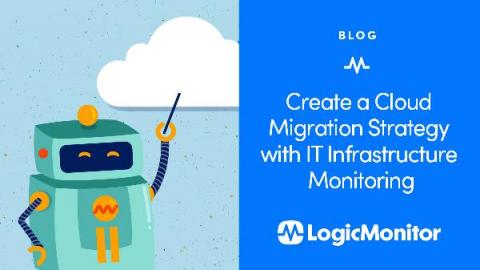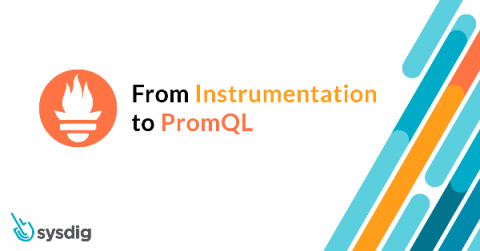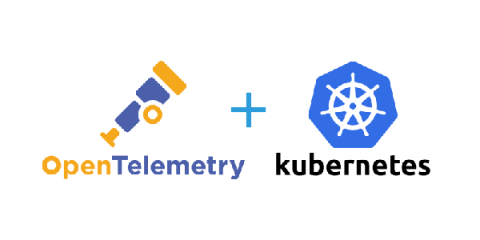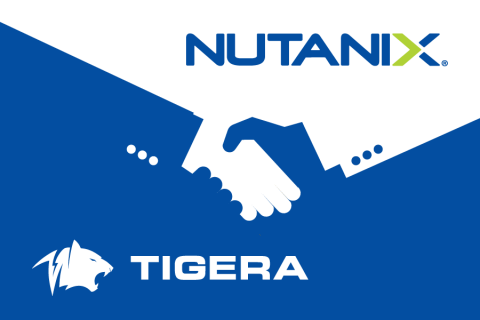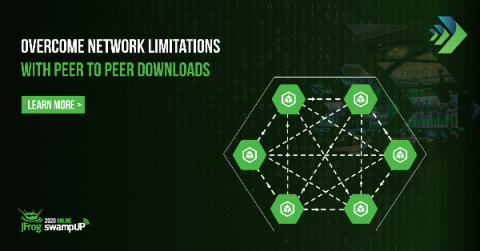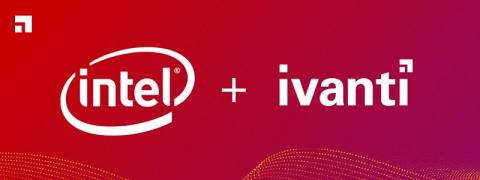Create a Cloud Migration Strategy with IT Infrastructure Monitoring
The rapid pivot towards a remote workforce is forcing organizations to adopt a cloud-first approach faster than ever. We recently surveyed 500 IT decision-makers around the globe to ascertain their views on IT automation, cloud migration, and business continuity in the face of unexpected crises. The survey found that 87% of IT professionals agree that the current COVID-19 pandemic will cause organizations to accelerate their migration to the cloud.


